Author: Will Lovell
Being married to a military wife, I had the great fortune to spend time living in Europe, and one of my favorite places to visit was the beautiful Bavarian city of Munich, Germany. As many are aware, beer is a big part of Bavarian culture, as evidenced by the many beer halls planted throughout the region as well as the annual beer-centric festivals including Oktoberfest.
Of the various classic styles of Bavarian beer, one of the most popular is Munich Helles, which is often labeled “Original” and commonly seen served in a 1 liter maßkrug. While similar in color to Pilsner, Helles has less hop character that allows the malt to be less subdued, leading to a product that many feel is more balanced. The BJCP describes this style as:
A gold-colored German lager with a smooth, malty flavor and a soft, dry finish. Subtle spicy, floral, or herbal hops and restrained bitterness help keep the balance malty but not sweet, which helps make this beer a refreshing, everyday drink.
While pale lagers are the perfect style to pair with the scorching Texas summers, I enjoy Munich Helles any time of year. Similar to other classic lagers, brewing a Helles using traditional methods is a fairly convoluted process said by some to “require” a mash process, cool fermentation, and extended lagering time. Curious how one made with a bunch of corner cutting would turn out, I brewed up a Short & Shoddy Munich Helles and served it to tasters for evaluation.
| BREWING THE BEER |
I designed a Munich Helles recipe inspired by past batches I felt were successful and using only the ingredients I had on-hand.
Short & Shoddy Munich Helles
Recipe Details
| Batch Size | Boil Time | IBU | SRM | Est. OG | Est. FG | ABV |
|---|---|---|---|---|---|---|
| 5.5 gal | 30 min | 16.1 | 4.8 SRM | 1.052 | 1.011 | 5.38 % |
| Actuals | 1.052 | 1.011 | 5.38 % | |||
Fermentables
| Name | Amount | % |
|---|---|---|
| Pilsner | 9.5 lbs | 70.05 |
| Llano Pilsner | 3 lbs | 22.12 |
| Munich Malt | 14 oz | 6.45 |
| Melanoidin | 3 oz | 1.38 |
Hops
| Name | Amount | Time | Use | Form | Alpha % |
|---|---|---|---|---|---|
| Spalt Select | 48 g | 30 min | Boil | Pellet | 2.6 |
| Hallertau Mittelfruh | 15 g | 15 min | Boil | Pellet | 5.2 |
| Tettnang | 17 g | 5 min | Boil | Pellet | 2.2 |
Yeast
| Name | Lab | Attenuation | Temperature |
|---|---|---|---|
| Global (L13) | Imperial Yeast | 77% | 46°F - 55.9°F |
Notes
| Water Profile: RO water with unmeasured amounts of gypsum and CaCl |
Download
| Download this recipe's BeerXML file |
The night prior to brewing, I collected the full volume of RO water, which I added unmeasured amounts of gypsum and calcium chloride to, ballparking what it would take to achieve slightly higher sulfate to chloride.
I also weighed out and milled the grain.
At around 9:30 AM the next day, I set the controller on my Delta Brewing Systems 120v All-In-One unit to heat the water up, then moved on to my regular morning routine. With the water properly heated at 9:58 AM, I stirred in the grains into then checked to ensure the mash was at my target temperature.
During the mash rest, I prepared the kettle hop additions.
Once the 30 minute mash was complete, I removed the grains and proceeded to boil the wort for 30 minutes, adding hops at the times listed in the recipe.
When the boil was complete, I quickly chilled the wort to 75°F/24°C then transferred it to a sanitized Kegmenter.
A refractometer reading showed the wort was at 1.052 OG for a brewhouse efficiency of 62%, which is slightly higher than expected.
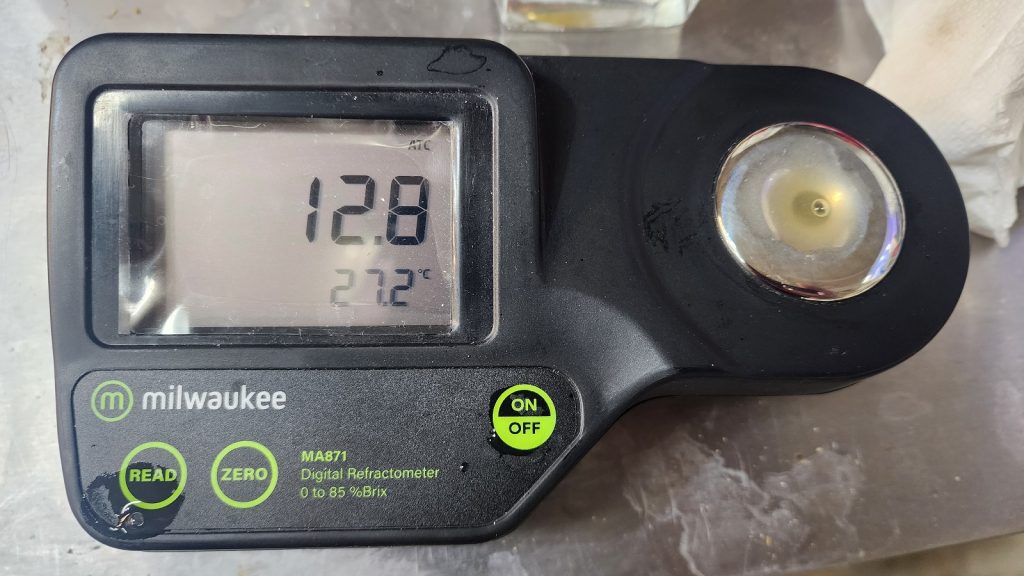
Next, I pitched a single pouch of Imperial Yeast L13 Global directly into the warm wort. It was 12:11 AM for a total brew day time of just 2 hours 13 minutes.
I cleverly hid the fermenter in my living room that maintains a steady 77°F/24°C. After just 5 days, fermentation activity was absent, so I took a hydrometer measurement confirming FG had been reached.
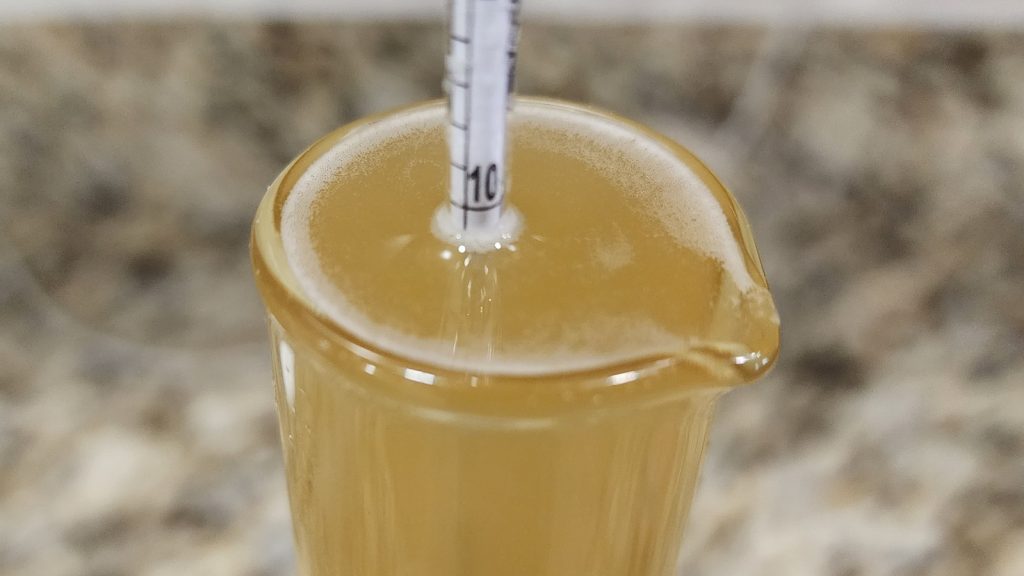
At this point, I cold crashed the beer to 34°F/1°C overnight before then pressure transferring it to a CO2 purged keg that was placed in my kegerator where it was burst carbonated for 15 hours before the gas was reduced to serving pressure. After a week of conditioning, it was ready to serve to blind tasters.
| RESULTS |
A total of 20 people of various levels of experience participated in this Short & Shoddy evaluation. Participants were informed of the specific beer style and provided the BJCP description prior to completing the survey. Tasters were then instructed to rate how hoppy, malty, and dry they perceived the beer to be on a 0-5 scale where a rating of 0 indicated “not at all” and 5 indicated “extremely.”
Tasters were provided a list of common hop, malt, and yeast characteristics then instructed to select from each the one they perceived as being most prominent in the beer.
Hop Characteristics
Malt Characteristics
Yeast Characteristics
Next, participants were asked to indicate whether or not they detected any off-flavors in the beer; those who did were provided a list of common off-flavors and instructed to select the ones they perceived as being strongest. Of the 20 tasters, one reported perceiving acetaldehyde and phenolics, while another two reported only detecting phenolics.
Tasters were then asked to rate how well the beer represented the intended style, based on the provided BJCP description, on a 0-5 scale where 0 meant “not at all” and 5 meant “exactly.”
Finally, tasters were asked to rate how much they enjoyed the beer on a 0-5 scale where 0 indicated not at all and 5 indicated extremely.
My Impressions: While I wouldn’t say this was the best Helles I’ve brewed, it was really good and definitely hit the spot! Crisp, clean, and refreshing with balanced malt and hops. I didn’t pick up any notable off-flavors, though if I had to go back and change one thing, I think being more intentional with the mineral additions may have improved this beer.
| CONCLUSION |
Originally developed in 1894 by Gabriel Sedlmayr from Munich’s Spaten Brewery as a response to the popularity of Czech Pilsner, Helles gained an immediate local following that quickly stretched beyond German borders. As a clean pale lager, the process for making Helles is a bit more involved than other styles, often including a decoction mash, cool fermentation, and extended lagering.
Tasters of a Munich Helles I brewed with an abbreviated single-infusion mash, reduced boil, warm fermentation, and minimal lagering time not only seemed to think it was a good representation of the style, but they widely enjoyed the beer as well. While 4 people reported perceiving off-flavors, there was no consensus among them, suggesting the possibility of misperception.
I thoroughly enjoyed drinking this beer and felt it hit all the marks of classic Helles I’ve sampled over the years. While I feel I’ve made better versions of this style in the past, I’m not convinced it had anything to do with the process, including the 77°F/24°C fermentation temperature, but rather believe it was due to the imprecise mineral adjustment. Either way, I wouldn’t be ashamed to serve this beer to anyone, even Brülosophy’s resident lager traditionalist, Jordan Folks… though I’d be inclined to stay mum about how it was made.
If you have thoughts about this Short & Shoddy brew, please feel free to share it in the comments section below!
Support Brülosophy In Style!
All designs are available in various colors and sizes on Amazon!
Follow Brülosophy on:
FACEBOOK | TWITTER | INSTAGRAM
If you enjoy this stuff and feel compelled to support Brulosophy.com, please check out the Support page for details on how you can very easily do so. Thanks!


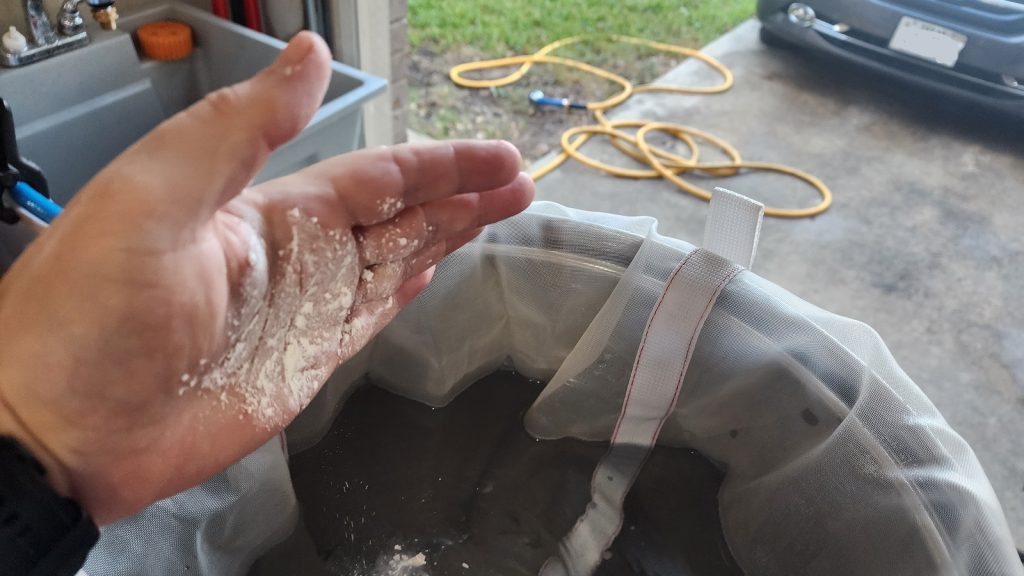
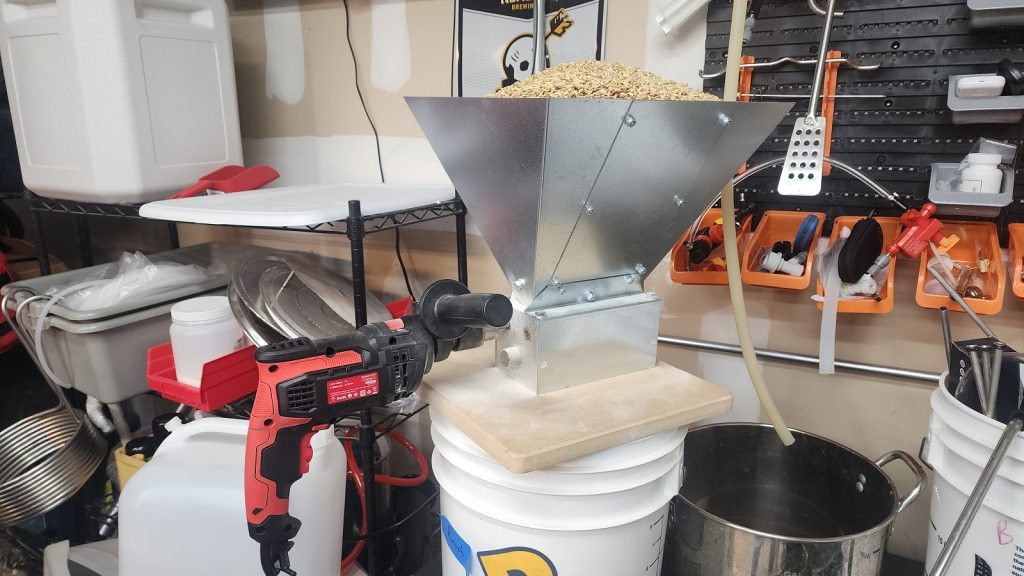
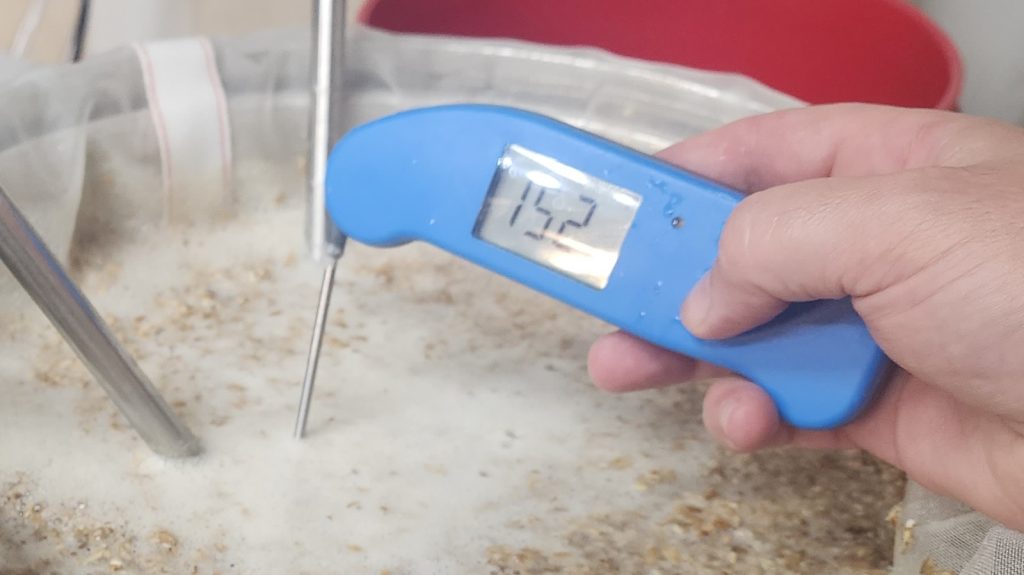
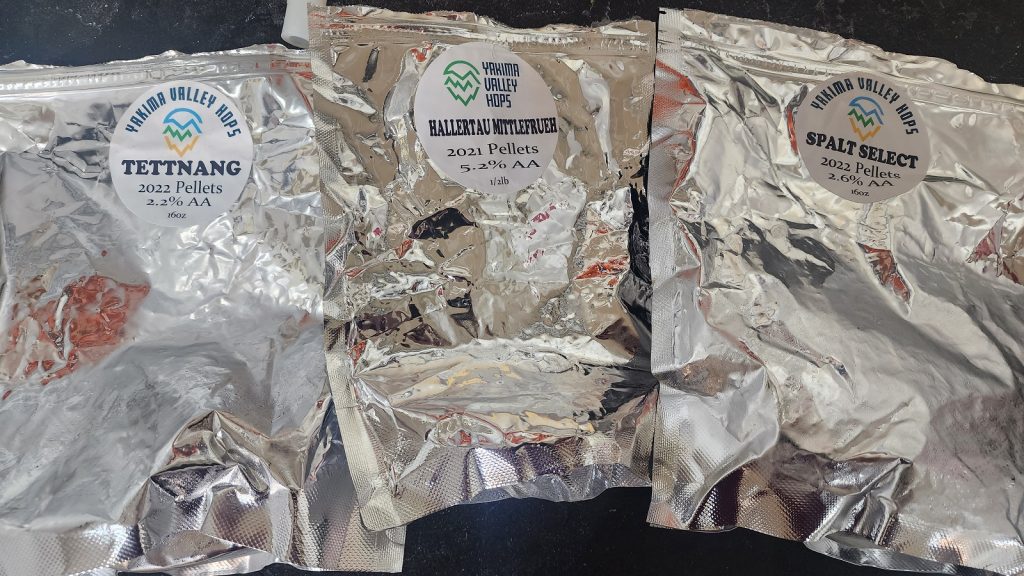
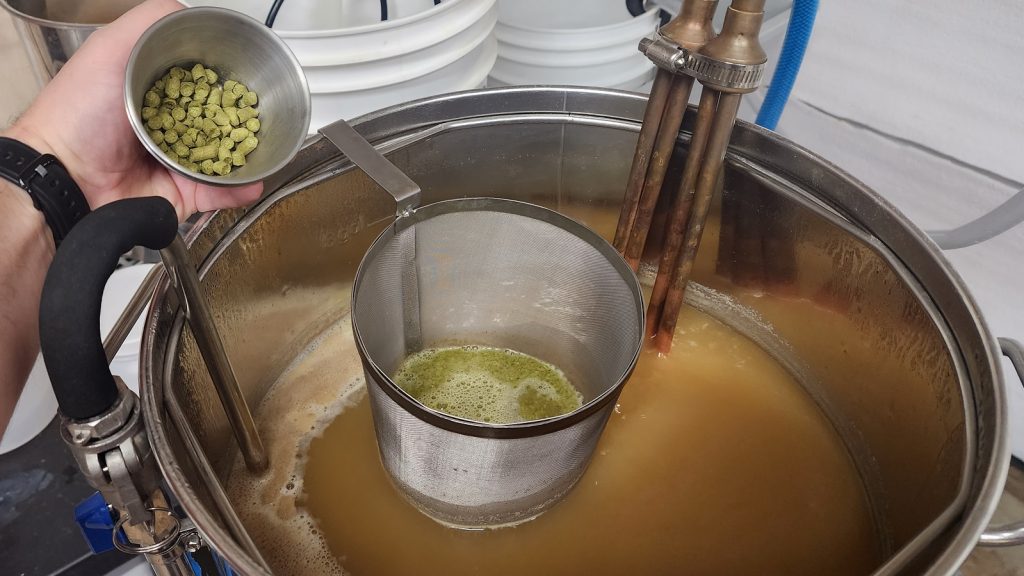
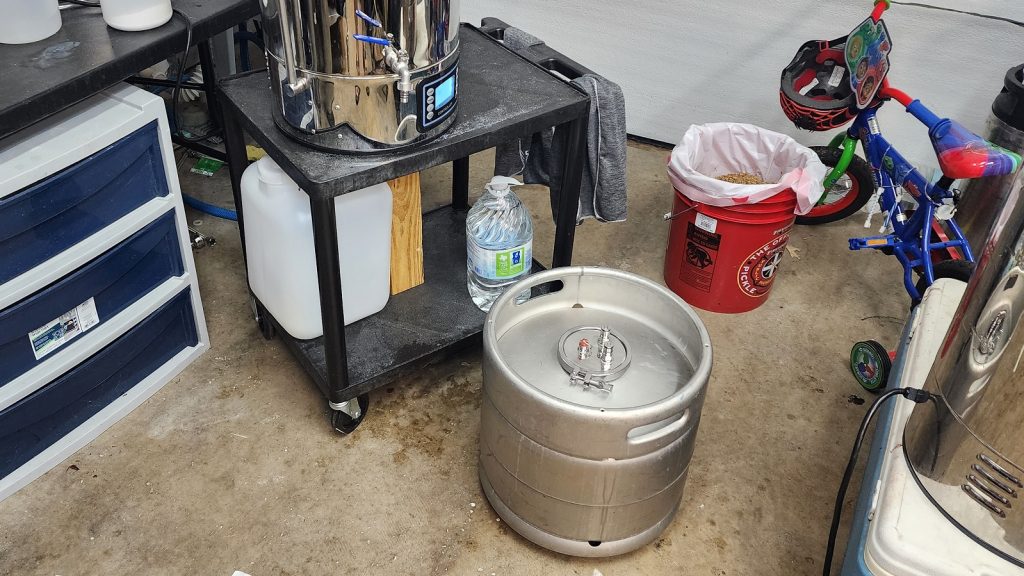
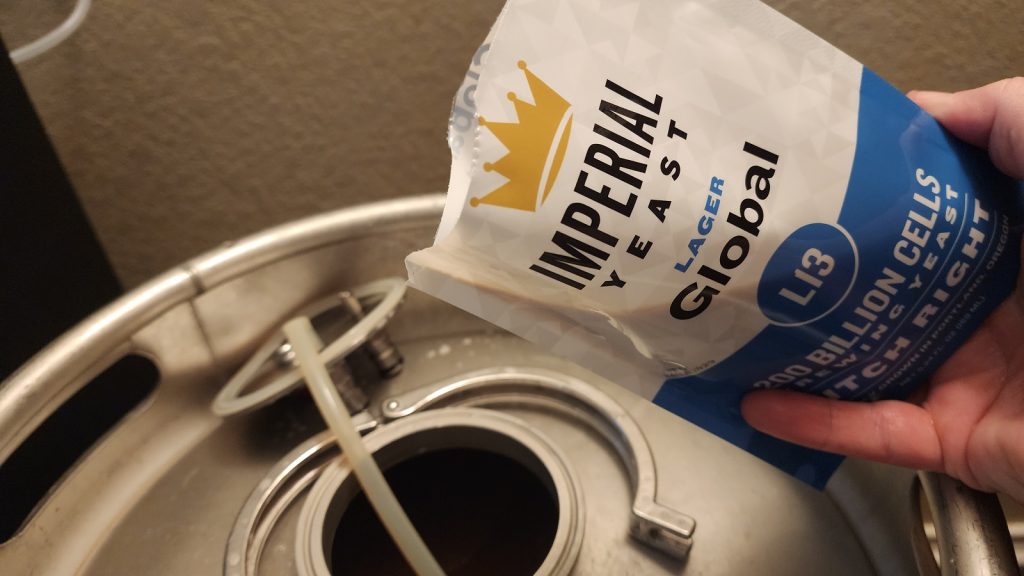
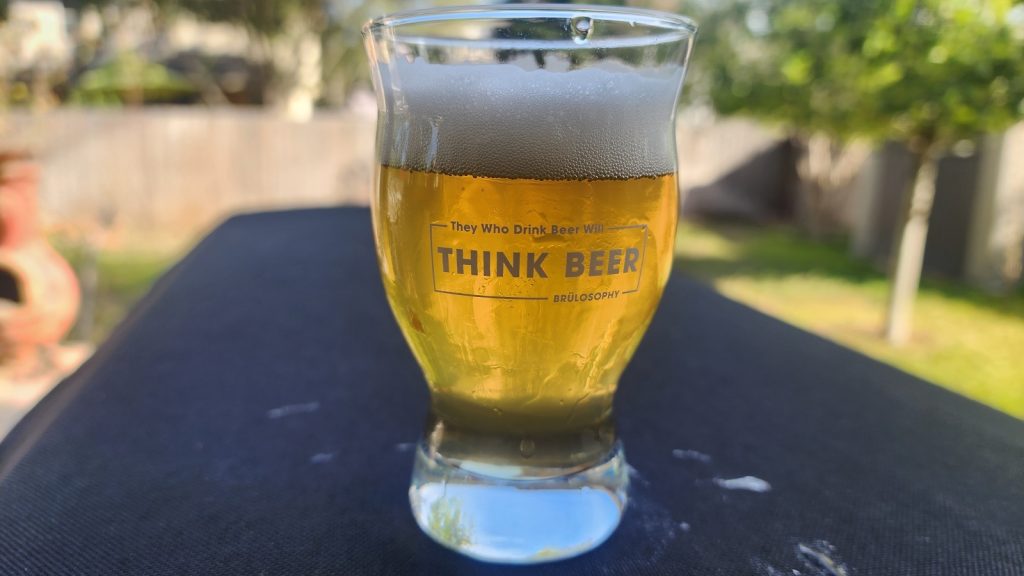
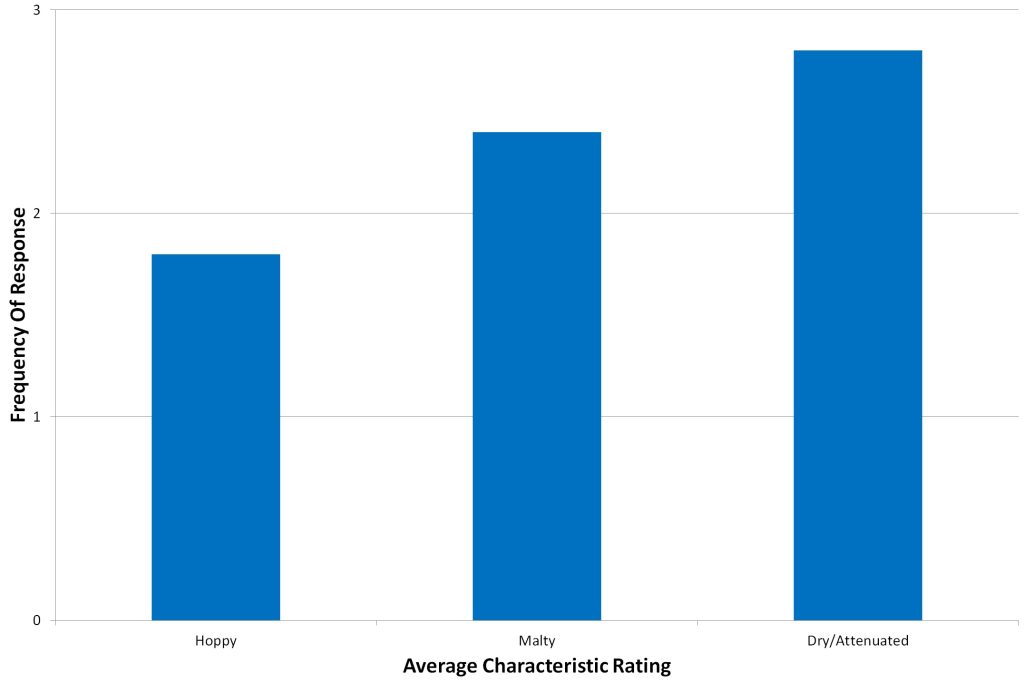
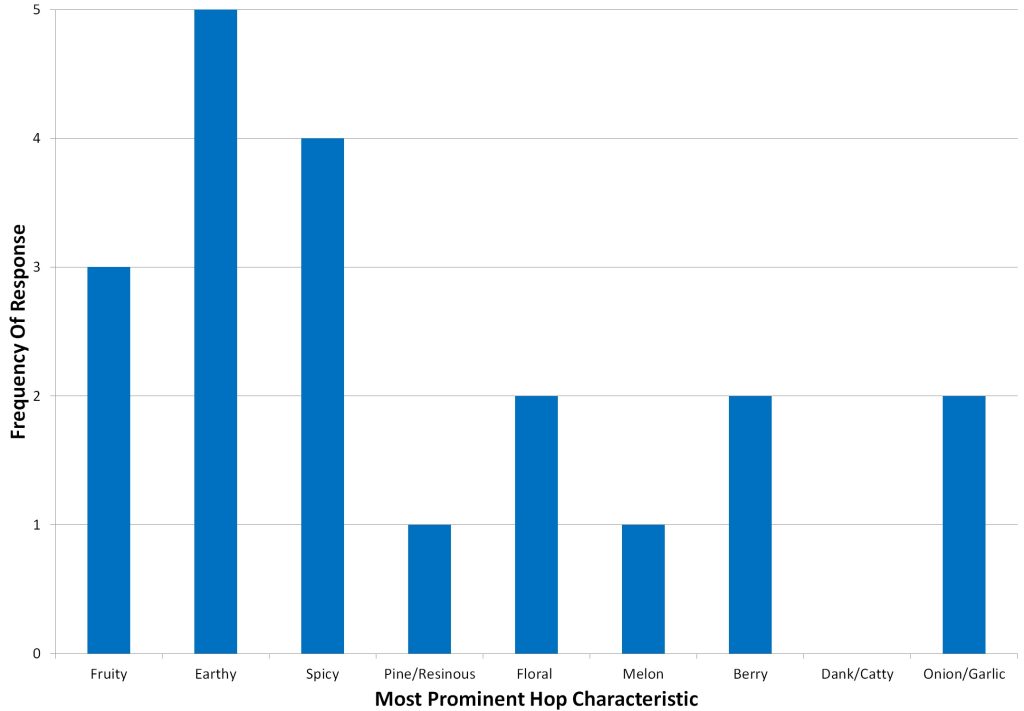
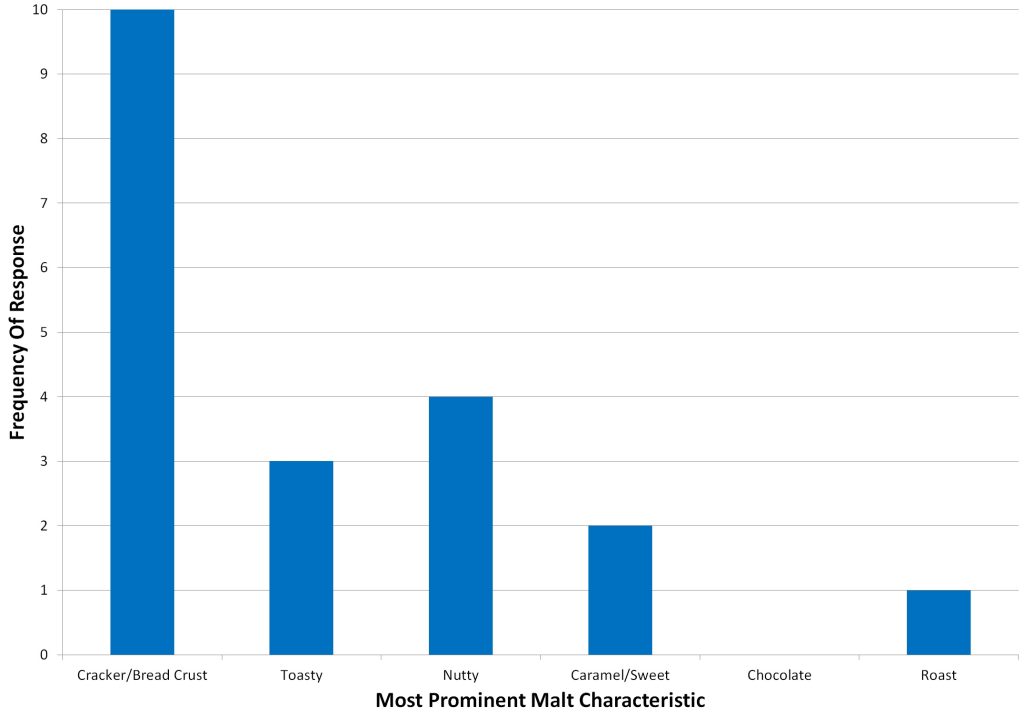
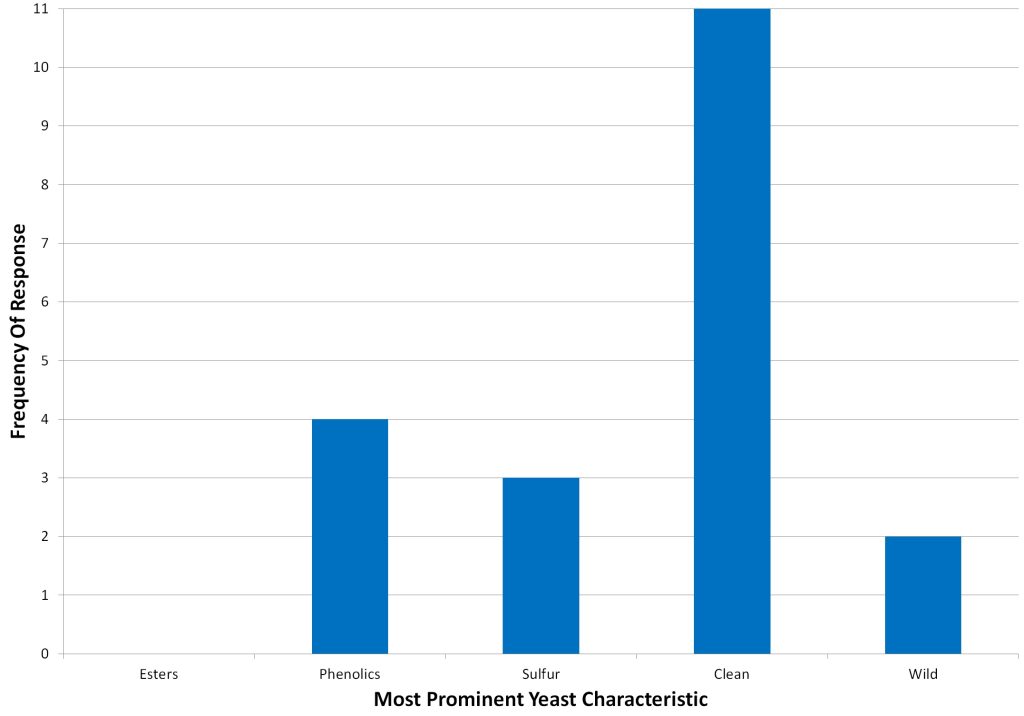
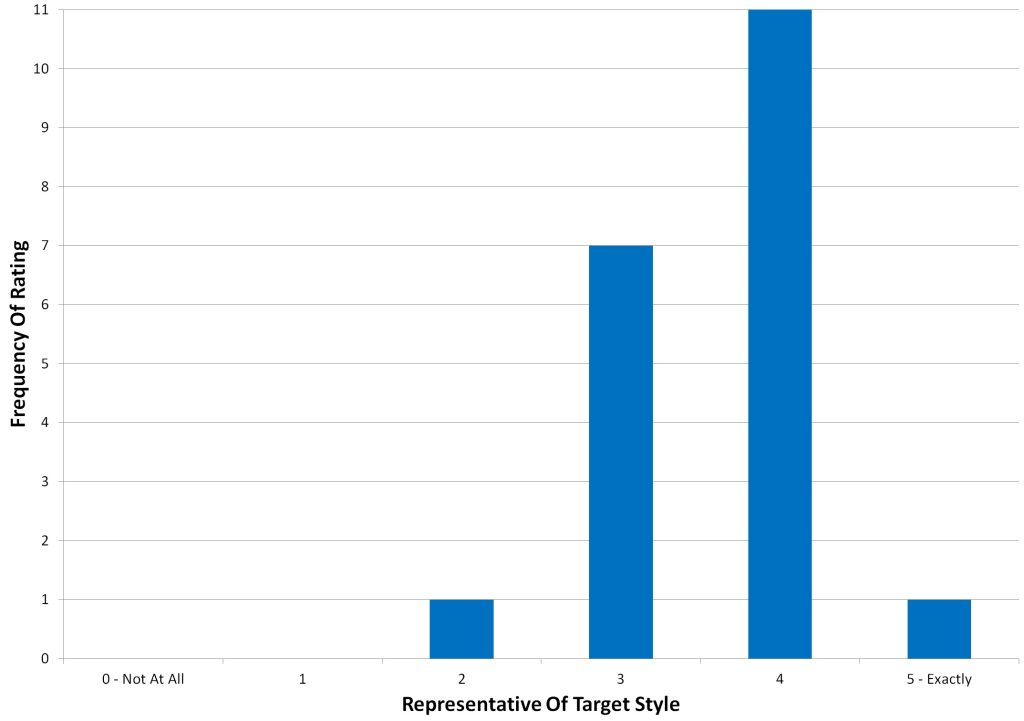
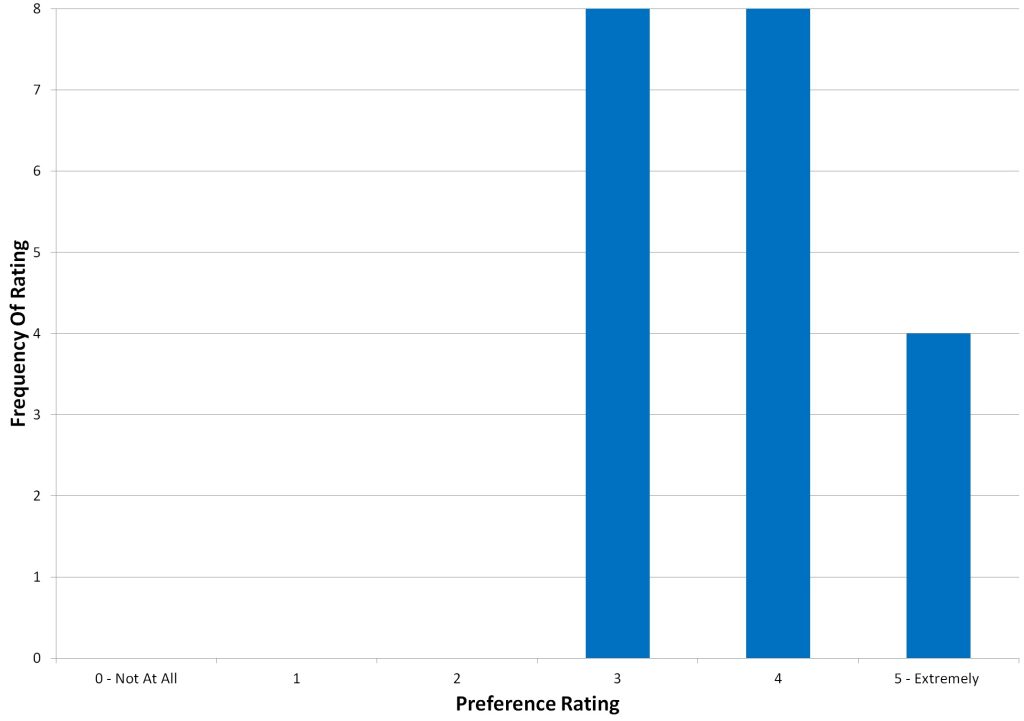











5 thoughts on “Short & Shoddy | Munich Helles”
I enjoy the S and S series and like to keep things simple in many ways. . I don’t consider weighing minerals something I need to shorten, because I do it while my full volume of BIAB water is heating. You seem to agree.
After this, and many other Exbeeriments, I no longer worry about warm fermenting a lager. This time of year my basement is getting up into the low 60s. If you can do one at 77 I won’t sweat 65.
In your recipe, you wrote 60 min time frame for hops, but only a 30min boil. Can you please clarify I’d love to try this recipe. Thank you.
Its a Typo, it was 30 min boil addition for bittering.
Remind me never to visit if your living room is 77*… I’d be dying and would need all the cold beer to live! Hah, well done with the S&S!
San Antonio in the summer is hot! Can’t really afford to keep it much below 77F, but it feels nice compared to the 100+F that it is outside.